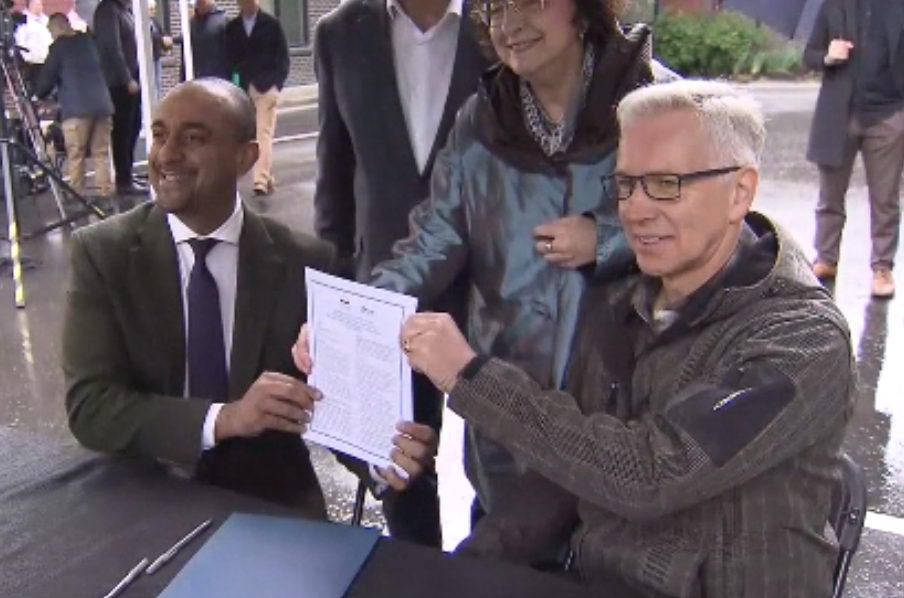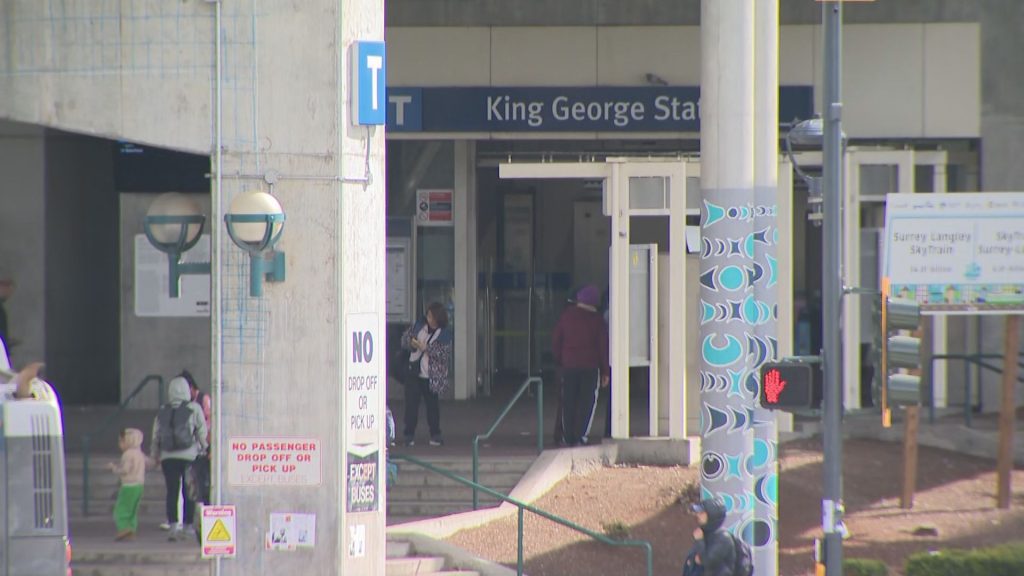Speed limits to increase on BC highways
Posted July 2, 2014 11:35 am.
This article is more than 5 years old.
KAMLOOPS (NEWS1130) – The Transportation Ministry says effective today, the Highway One speed limit between Whatcom Road in Abbotsford and Hope is 110 km/hr.
Drivers are already seeing a jump to 120 km/hr on the Coquihalla Highway and soon the speed limit will increase to 90 km/hr on the Sea to Sky between Horseshoe Bay and Squamish.
A review was undertaken to assess four key aspects of road safety on rural highways, including the setting of appropriate speed limits, requirements for winter tires, keep right except to pass, and wildlife collisions.
For the Speed Limit portion of the review, the ministry assessed about 9,100 kilometres of rural provincial highway.
Ian Tootill with the driver advocacy group SenseBC is happy with the changes.
“Obviously we’re very pleased that the minister is standing up for motorists that have been penalized, unnecessarily and unfairly for a long time. This is a step in the right direction, it’s a step that’s been taken in many US states and elsewhere in the world as a matter of fact.”
But he says more needs to be done. “What we’d really like to see is that there is an ongoing commitment to keeping up the review process so that is some of the speed limits need to be adjusted in the future, they can be easily, without some of the problems they have been facing in the past.”
There are no changes in Metro Vancouver.
The ministry will take the following actions:
- Adjust the speed limit on 35 sections of highway covering 1,300 kilometres (approximately 15 per cent of the length of highway reviewed).
- Introduce a new maximum speed of 120 km/h on certain sections of divided multi-lane highways.
- Pilot variable speed zones on sections of the Trans-Canada, Coquihalla and Sea-to-Sky highways.
- Commit to ongoing monitoring and evaluation of speed limits and safety measures with the Road Safety Executive Steering Committee.
- Work to improve the way that data critical to identifying trends in highway safety is shared among all Road Safety Executive Steering Committee members.
WINTER TIRES: As a result of technical analysis in the Winter Tire portion of the review, the ministry will take the following actions:
- Bring forward changes to the Motor Vehicle Act to clarify that Mud and Snow (M+S) and mountain/snowflake tires are defined as winter tires.
- Modernize the studded tire and chain regulations.
- Change the dates winter tires are required on high mountain passes to the new timeframe of October 1 to March 31 (was October 1 to April 30).
- Install new winter tire signs to clarify the requirements.
- The ministry will extend additional resources as it continues to work with its road safety partners to promote the ‘Shift into Winter’ campaign, which reminds motorists to prepare their vehicles, ‘know before they go,” and to drive to road conditions.
KEEP RIGHT EXCEPT TO PASS: The ministry will take the following actions following the Slow-Moving Vehicle portion of the safety review:
- Bring forward changes to the Motor Vehicle Act to give police better tools, through clearer language, to enforce the requirement for slower vehicles to keep right.
- Adopt new signage and pavement markings to increase voluntary compliance of ‘keep right’ requirements.
- Pilot signage on Highway 4 advising motorists with more than five vehicles following to pull over.
WILDLIFE COLLISIONS: Through the technical analysis as part of the Wildlife Safety review, measures have been identified that can further improve safety on corridors with higher instances of wildlife collisions. The ministry will take the following actions:
- Pilot two active wildlife detection systems on Highway 3 between Cranbrook and Sparwood.
- Install gateway signs at the entrance to highway corridors with higher instances of wildlife collisions.
- Increase the use of flashing LED warning signs in high crash locations.
- Increase the use of wildlife fencing in high crash locations.
- Additionally, the ministry will continue to monitor wildlife incidents, identify high-risk sections, and implement further measures such as required.
- Safety of motorists on provincial highways remains a number one priority. The Province will continue to closely monitor safety on all provincial highways and is committed to the ongoing evaluation and monitoring of speed limits and safety measures, working closely with the road safety community through the Road Safety Executive Steering Committee.










